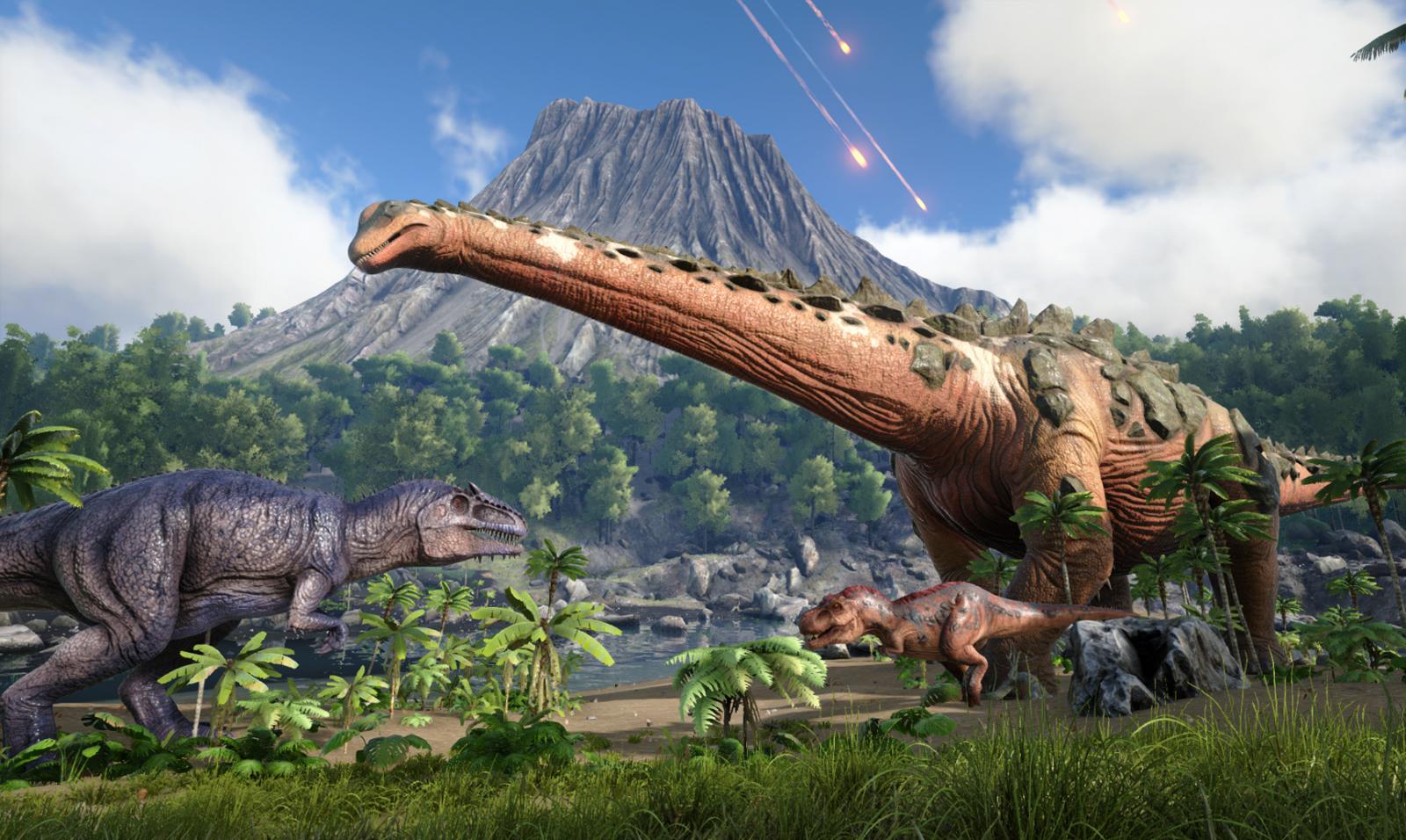If we had lived in the late Cretaceous period, we might have kept the titanosaur species discovered in Argentina as pets.
the Historical biology In a study published in the journal, a new species of titanosaur from Argentina was described. The 'pet' found in approximately 70 million-year-old rocks has been named Titanomachya gimenezi.
And it wasn't called “mini” by chance: it was ten times smaller than its largest titanosaur relatives, making it one of the smallest dinosaurs ever described.
Why is titanosaur small?
The fossils were collected from Argentina's Chubut province in Patagonia, where scientists have excavated the La Colonia Formation, according to reports. IFLScience. There, they discovered the fore and hind limbs, rib fragments and vertebrae of the mysterious titanosaur species – the first sauropods from the La Colonia Formation ever identified.
In other parts of Argentina, the largest dinosaurs to ever roam the Earth have been found, including the giant Patagotitan. At the other end of the scale is Titanomachia, which weighs about 7 tons – and as Riley Black… For National Geographic He wrote – It is the size of a large cow. This makes it about 10 times smaller than Patagotitan.
A large family of titanosaurs
Titanosaurs are a diverse subgroup of sauropod dinosaurs that lived from the late Jurassic period (163.5 to 145 million years ago) until the end of the Cretaceous period (145 to 66 million years ago), according to reports. Britannica encyclopedia. Titanosaur fossils have been found on every continent except Antarctica, from about 40 species. The group includes the largest known land animals, some of which are close to the size of modern whales.
Like other sauropods, titanosaurs were quadrupedal herbivores with long tails, long necks, and small heads. However, they differed from other sauropods in that their bodies were stockier and their limbs had a broader stance than other sauropods.
These species may have served as an important evolutionary stepping stone
Titanomachy lived in the Maastrichtian Era, the last epoch of the Cretaceous period, which preceded the mass extinction. Its fossils have been recovered from a formation that has unearthed everything from giant carnivores to plesiosaurs, turtles and reptiles. But it soon became clear that this titanosaur was nothing they had seen before.
Lead author Augustin said: “The shape of the talus – the bone responsible for distributing force from the leg within the leg – has never been seen before in other titanosaurs and shows features intermediate between the colossosaurian and stalactosauride lineages, highlighting its evolutionary importance.” Pérez Moreno, CONICET and the Museum of La Plata In his statement.
They're bringing backlogs down south
The remains were discovered as part of a project aimed at ending the era of dinosaurs in Patagonia, funded by the National Geographic Society, and supported by more than 10 museums and universities in Argentina, including the La Plata Museum. It aims to fill gaps in our knowledge of the last 15 million years of the Cretaceous period and the dinosaurs and vertebrates that lived in the region during this period.
It's a geological period that has historically been better studied in northern regions, and hopefully by drilling further south, scientists will be able to determine patterns of extinction here compared to the rest of the world. The project already provides insight into the dinosaur landscapes of Patagonia during the Late Cretaceous.
What could cause a switch?
“The discovery of Titanomachia adds to previous data suggesting that a major environmental change occurred near the end of the Cretaceous period, which was marked by the decline of titanosaurs and the dominance of herbivorous dinosaurs other than hadrosaurs,” National Geographic Explorer Diego Ball said in a statement. a permit. . “The ecological transition of herbivorous dinosaurs occurred amid changes in climate and habitat and the advance of the Atlantic Ocean over much of Patagonia.”
You may also be interested in:












































